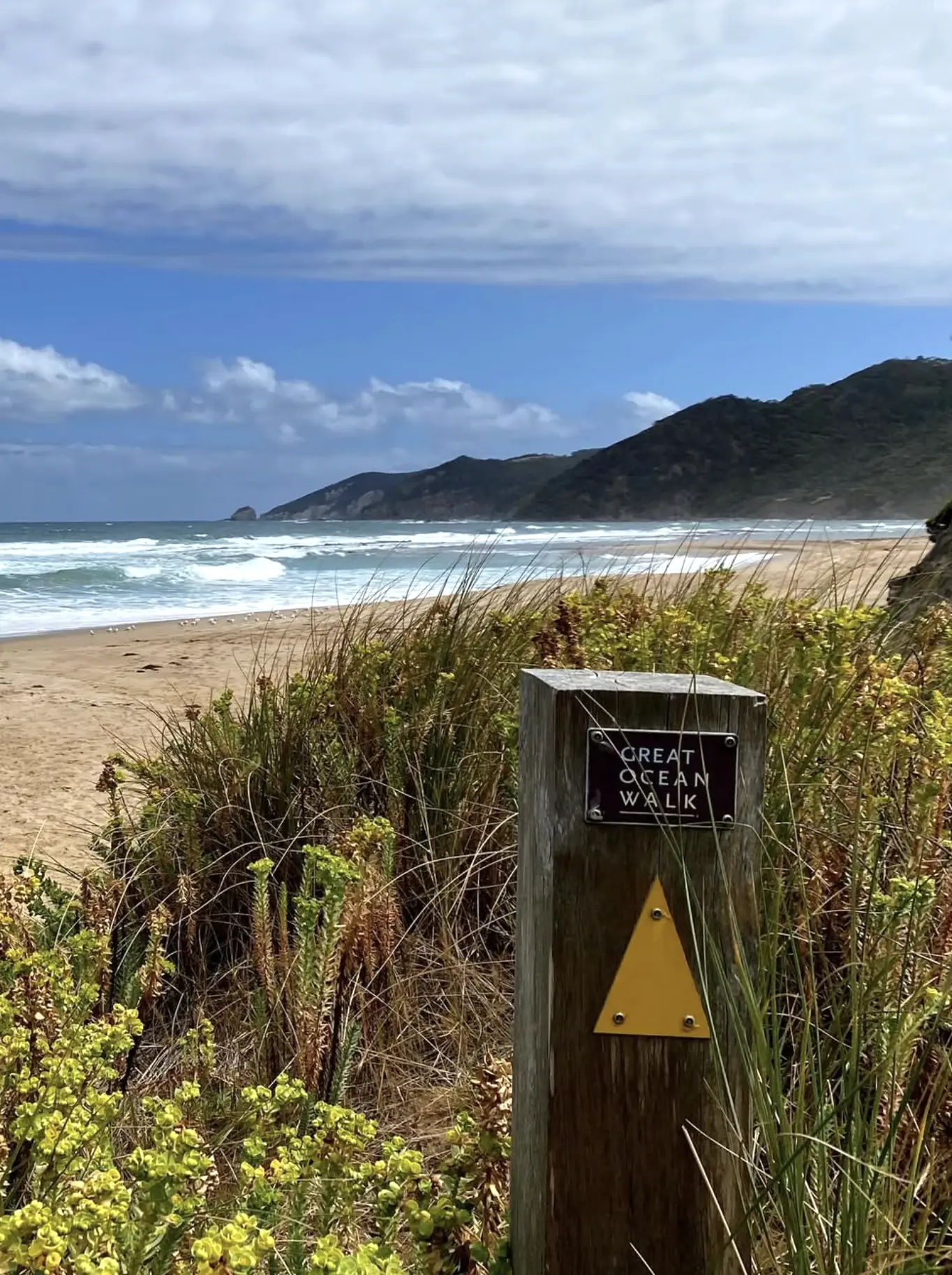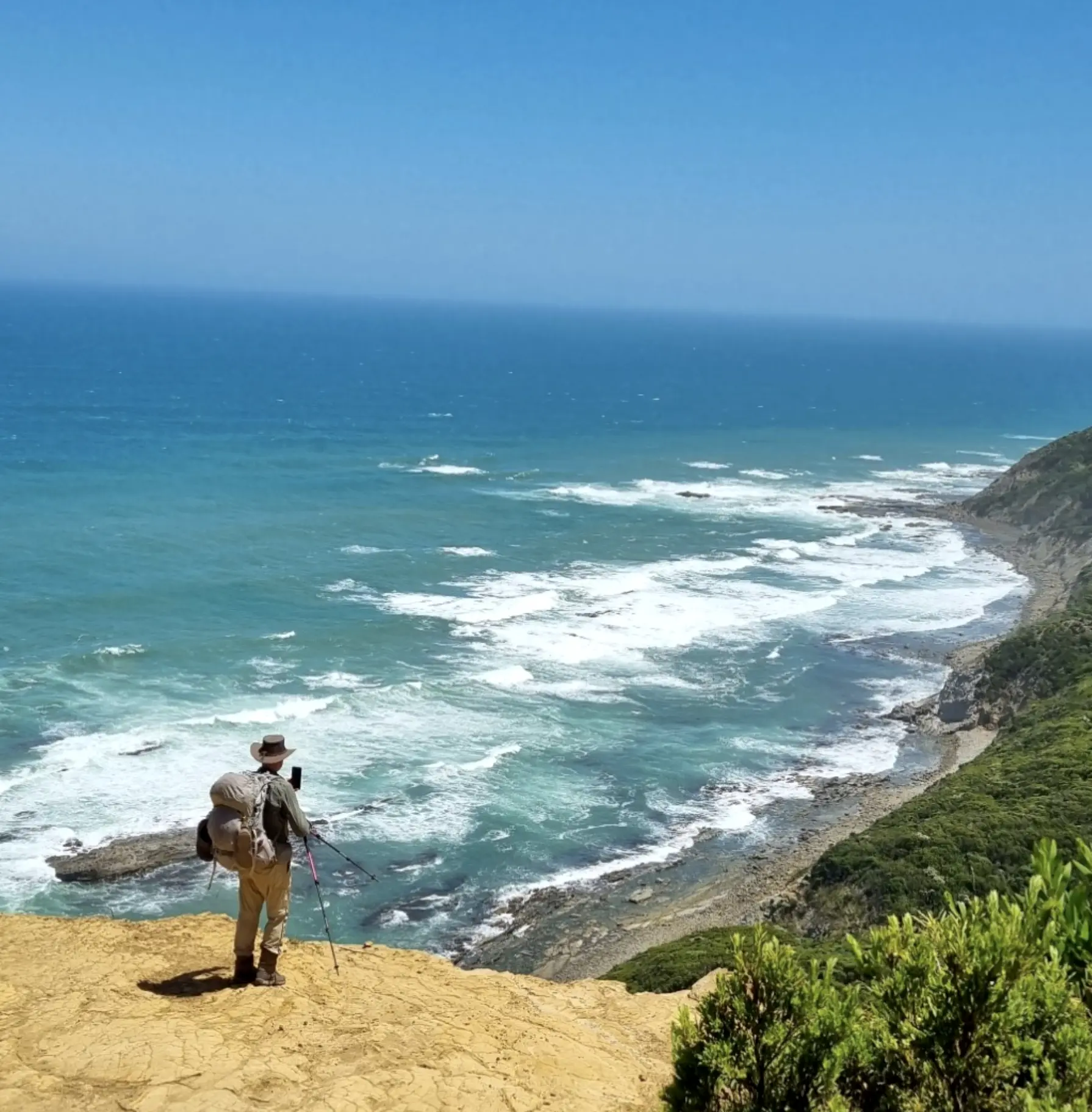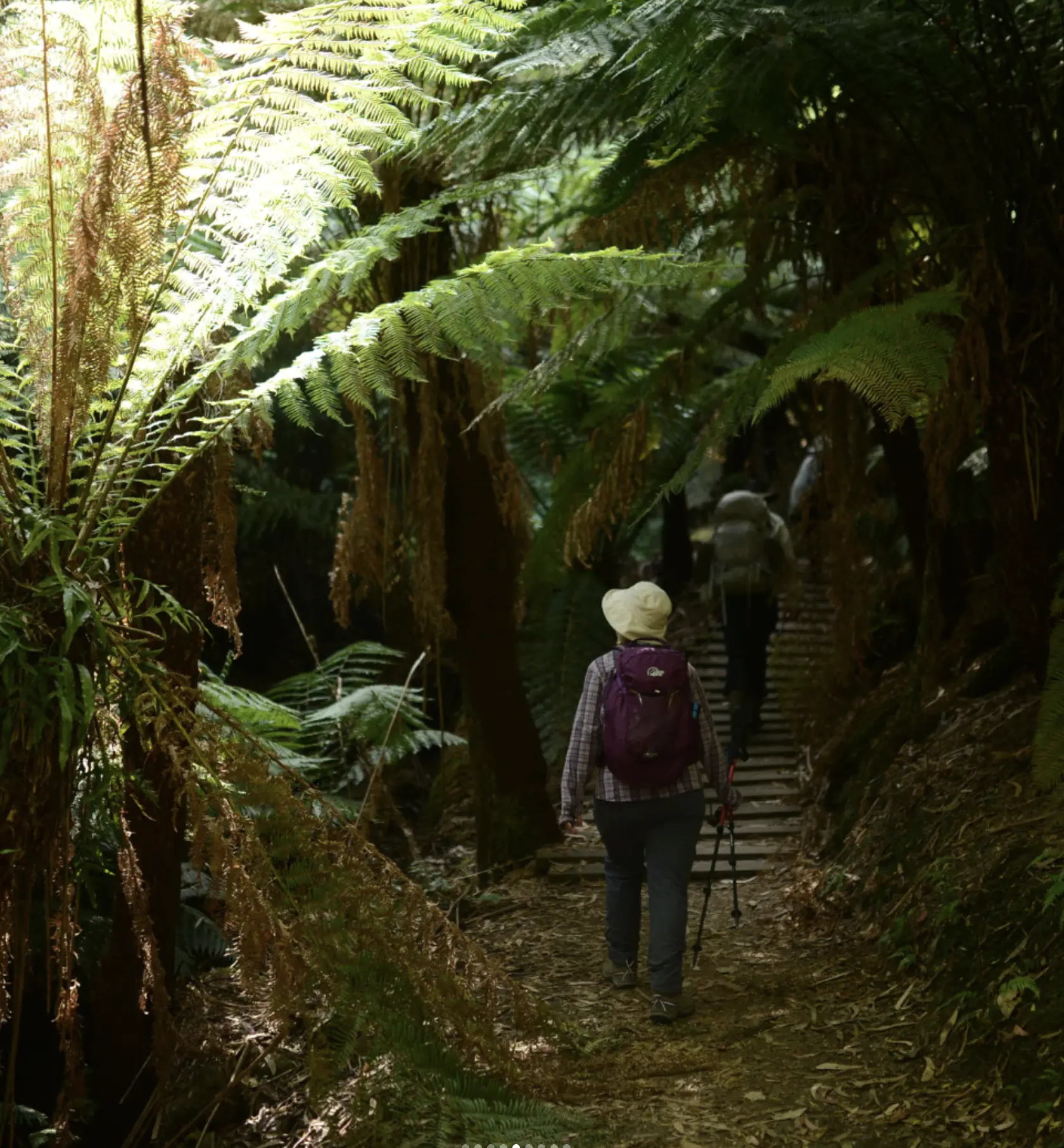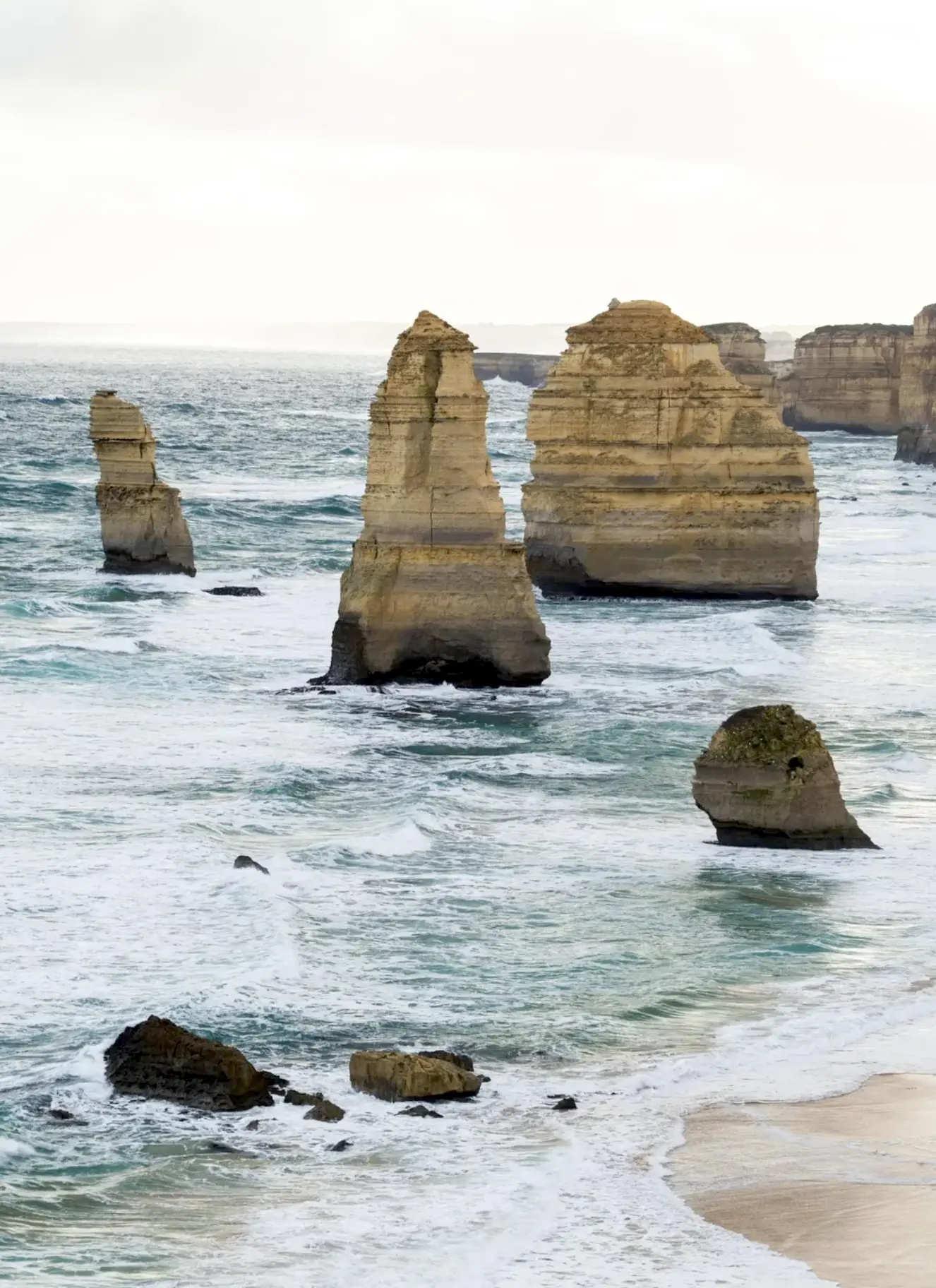Few walks capture the wild heart of southern Australia like the Great Ocean Walk. I first tackled this beast of a trail with a small crew from Great Ocean Road Tours Australia, boots dusty, packs heavy, and spirits somewhere between excitement and dread. From Apollo Bay to the Twelve Apostles, this track unwinds for over a hundred kilometres of wind-carved cliffs, shipwreck tales and surf that never quits. You’ll earn every blister – but you’ll also earn a front-row seat to some of the most stunning coastline on the planet.
The Great Ocean Walk is a 110km coastal trail from Apollo Bay to the Twelve Apostles near Port Campbell, managed by Parks Victoria. Unlike the road trip version along the Great Ocean Road, the walk is a slower, deeper experience – where you feel the salt spray, hear the waves pounding below and see the Southern Ocean mood swing from calm to chaos in minutes.
It’s a one-way journey through the Great Otway National Park and Port Campbell National Park, with trail sections weaving through forests of Mountain Ash, windswept heaths and beaches littered with shipwreck stories. If you’ve got time, legs and a good sense of humour about leeches, it’s one for the bucket list.

The idea for the Great Ocean Walk began with Parks Victoria and local land managers wanting to create an immersive way to explore the Great Otway National Park. Officially opened in 2005, it was designed to link existing bush tracks and coastal paths into one continuous, eco-certified route – now recognised under Advanced Ecotourism accreditation.
The walk traverses lands of the Gadubanud and Eastern Maar Peoples, who have cared for this coastline for tens of thousands of years. Many spots, like Cape Otway, were important gathering places long before European explorers such as Captain James Lawrence charted these waters. Later, the coast became infamous for wrecks – the Marie Gabrielle, Fiji, and Loch Ard, to name a few. Their stories live on in beaches like Wreck Beach and Loch Ard Gorge, where anchors still rest half-buried in sand.
Even today, walking here feels like stepping through time — from Cape Otway Lighthouse to the windswept cliffs near Moonlight Head and Glenample Homestead.
Before you shoulder your pack and set out, here’s the gist in a nutshell:
| Trail Feature | Details |
|---|---|
| Distance | 110 km (one-way) |
| Duration | 7–8 days (average) |
| Start Point | Apollo Bay |
| Finish Point | Twelve Apostles, Port Campbell |
| Best Season | March–May or September–November |
| Trail Type | One-way coastal track |
| Permits | Required for campsites (Parks Victoria) |
| Difficulty | Moderate to challenging |
| Managed by | Parks Victoria |
| Closest Towns | Apollo Bay, Lavers Hill, Port Campbell |

The trail is broken into eight official sections, each with its own character. Here’s how it breaks down:
| Section | Distance (km) | Highlights |
|---|---|---|
| Apollo Bay → Elliot Ridge Campground | 10 | Marengo Reef, towering Mountain Ash, native forest |
| Elliot Ridge → Blanket Bay | 12 | Fern gullies, Elliot River Loop Walk, koalas near Bimbi Park |
| Blanket Bay → Cape Otway | 11 | Cape Otway Lightstation, Parker Inlet, historic telegraph station |
| Cape Otway → Aire River | 10 | Cape Otway Lighthouse, sand dunes, Aire River crossing |
| Aire River → Johanna Beach | 14 | Castle Cove, Crayfish Bay, Johanna River, sweeping views |
| Johanna Beach → Ryans Den | 14 | Coastal scrub, Decision Points, Milanesia Beach, cliffs and ocean views |
| Ryans Den → Devils Kitchen | 13 | Milanesia Beach, Gellibrand River, Moonlight Head panoramas |
| Devils Kitchen → The Twelve Apostles | 14 | Wreck Beach, Gog and Magog sea stacks, Gibson Steps, finish at the Twelve Apostles Visitor Centre |
Each stage has rainwater tanks (Clivus Multrum systems) and composting toilets — but you’ll need to treat the water before drinking. Parks Victoria rangers maintain the route using Tirfor winches and hand tools to keep erosion under control — a testament to how wild and fragile this landscape remains.
The Great Ocean Walk is like a moving nature documentary — only sweatier and with fewer commercial breaks. From the eucalyptus groves to the rocky shores, you’ll meet all sorts of locals:
Just keep your distance, especially around nesting birds and seal colonies. And for the love of your ankles, zip your tent — bush mice are cheeky little buggers.

Timing makes or breaks this walk. I’ve done it in everything from drizzle to blazing sunshine, and I’ll tell you straight — autumn and spring are the sweet spots.
Avoid high summer if you can — the UVs are brutal, water tanks run low, and mozzies throw a party in your honour.

Keep your pack under 15–18 kg if possible. Anything heavier and you’ll feel every uphill step past Johanna.
A bit of prep — and humility — goes a long way on this track.
Think of it as conditioning for adventure — you’ll be fitter, lighter, and less likely to mutter unprintables on every incline.


One calm evening near Ryan’s Den, I watched the sun melt into the Southern Ocean while wallabies grazed beside my tent. In the distance, the sea stacks of Gog and Magog caught the last pink light. That night, with no reception and only waves for company, I realised why this track captures so many hearts — it strips away the noise.
From Maits Rest Rainforest Walk’s cool canopy to Moonlight Head’s roaring cliffs, every kilometre tells a story. Some about endurance. Others about the land itself. This is exactly what makes the 1 day Great Ocean Road tour so unforgettable.